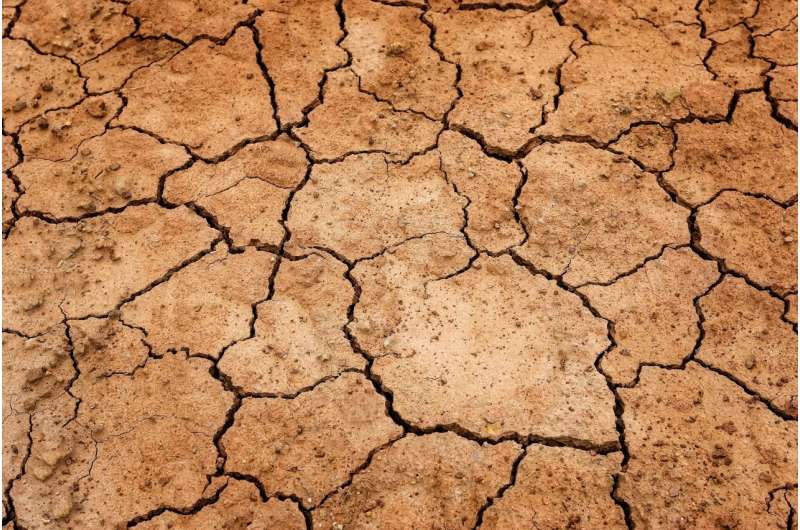
In July 2024, global temperatures reached unprecedented levels, breaking historical records with an average of 17.16°C. This extreme heat has led soil water to evaporate, leaving the vegetation and biodiversity more fragile and under stress in many regions of the world.
This, combined with unusually low rain levels, caused major river basins like the Amazon, La Plata, and Zambezi to have lower-than-normal water flows, impacting economies and the broader ecosystems they are part of.
A rare combination of three major climate factors—El Niño, the positive phase of the Indian Ocean Dipole, and the warm phase of the Tropical North Atlantic—has contributed, along with climate change, to intensifying drought conditions in South America, southern Africa, and parts of the Mediterranean and eastern Europe.
The report, “Global Drought Overview—September 2024,” published by the European Commission’s Joint Research Center (JRC), shows the gravity of these temperature and rainfall anomalies.
Several regions of the world have experienced very pronounced warm temperature anomalies. In July 2024, these anomalies exceeded 3°C in north-western North America, eastern Canada, the Mediterranean, eastern Europe, south-eastern and central Africa, Iran, western and central Russia, Japan, and Antarctica.
During the period August 2023—July 2024, a total of 52 individual prolonged meteorological drought events have been detected, the major and longest-lasting ones being over South America, central and eastern Asia, central Africa, and North America.
Farmers in areas affected by prolonged droughts are facing reduced crop yields and crop failures, with potential impacts on income and local economies. These effects are particularly pronounced in areas without sustainable irrigation systems or direct access to fresh water.
The extreme drought conditions have pushed millions of people from food stress to crisis levels in many regions of the world. With less food available, vulnerable populations will be further exposed to hunger and malnutrition. In southern Africa, millions of people are expected to require food aid in the coming months.
In South America, rivers such as the Amazon have been at alarmingly low water levels, threatening agriculture, drinking water supplies, transportation and hydropower production.
In southern Africa, the very low water flow of the Zambezi River—a critical source of hydroelectric power for several countries—has been causing power shortages and blackouts, with several indirect consequences.
Severe water shortages in Morocco, Spain, Italy, and South Africa are forcing governments to apply water-use restrictions. In the Nile Basin and in some parts of South America, disputes over water rights are already a pressing concern.
Urgent food aid is needed, especially in southern Africa, where more than 30 million people are projected to require assistance between October 2024 and March 2025.